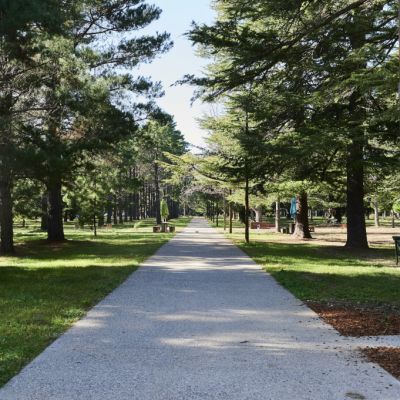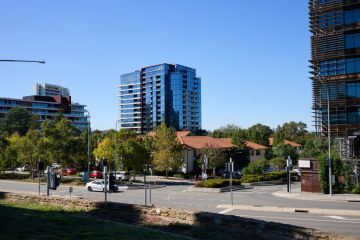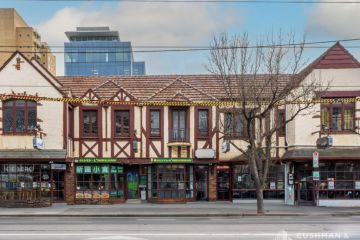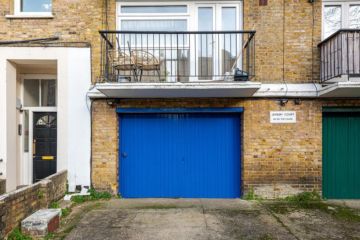Twenty years on: The rebuilding of Canberra’s fire-affected suburbs

A lot can change in 20 years, but as Canberrans look back on the disaster that was the 2003 bushfires, the differences in the affected suburbs over the years can be linked back to the unprecedented power of the event.
On January 18, 2003, more than 480 homes were destroyed when a major fire – an accumulation of four that had been burning for over a week on the ACT’s fringe – finally reached the nation’s capital.
According to the CSIRO Fire Research Group, Duffy and Chapman bore the brunt of the bushfires, with 221 and 77 homes destroyed, respectively.
Chapman resident Carolyn Stanistreet and her husband Peter thank a change in wind direction for saving the majority of their home.
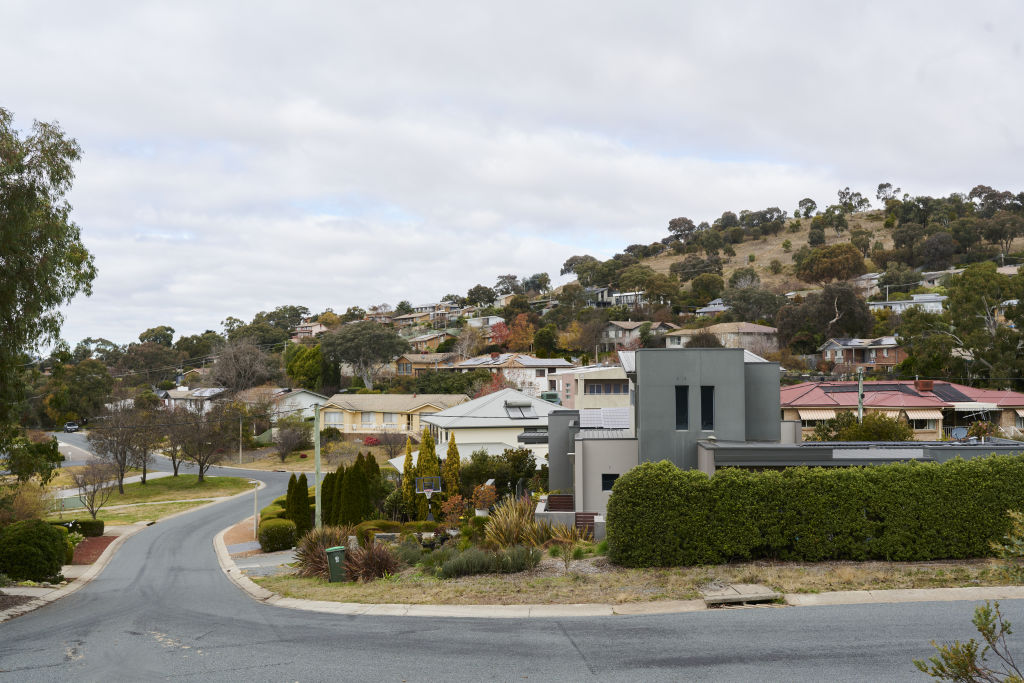
“We had been swimming at Phillip Pool in the morning and, as we swam, we noticed ashes and burnt leaves dropping from the sky,” Carolyn said.
“We returned home and became increasingly concerned about the situation … we listened to our local ABC Radio station which reported the fire was heading towards Canberra’s western fringe.
“The sky darkened and by early afternoon we were in complete darkness … then we saw the flames coming over Chapman ridge, and they were huge.”
The Stanistreets left their home as quickly as they could. When they returned several days later, their street was almost unrecognisable.
“After we got home, we discovered to our amazement that a change in wind direction meant our home was saved … we only lost a third of our garden and the fencing,” Carolyn said.
“We were grateful, but also felt guilty that we had not suffered like our friends and neighbours.”
The Stanistreets immediately sought to fix what they had lost, and never chose to sell their Chapman residence, where they remain today.
Brett Hayman of Hayman Partners, who was selling homes in the affected areas when the bushfires hit, said the destruction put significant and immediate stress on the market.
“Directly after the fires, it was obviously quite hectic, with over 400 families needing new housing, and there was a lot of pressure put on the rental market,” he said.
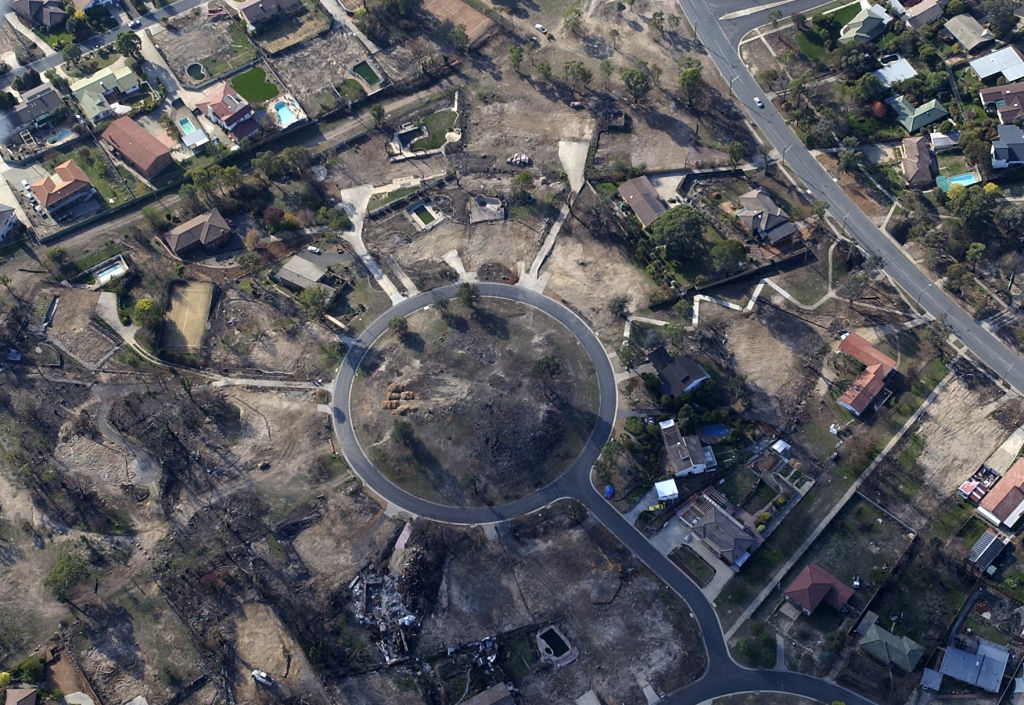
The fires completely stripped what was considered to be a well-established area, at a level that had never been seen, and still hasn’t, said Tim Burke of Luton Properties Weston Creek and Molonglo Valley, who was just starting out as a sales agent at the time.
“What we saw for the first time was sales of land in what had been long-established places, particularly in Chapman,” he said.
Domain data revealed the median house price in Duffy in the December quarter of 2002, which ended less than a month before the bushfires hit, was $265,500. This rose to $314,500 in the first quarter of 2004, one year after the event and the rebuilds that followed.
In a similar vein, the median house price in Chapman in the December quarter of 2002 was $385,000, which rose to $442,500 in the first quarter of 2004.
The rebuilt homes in Chapman and Duffy stood out in comparison to those built before the event, with a number of 1970s homes being replaced by more modern 2000s styles, Hayman said.
“Most of that area was built in the 1970s, so they went from that to homes that were much more modern at the time, which was a big change,” he said.
“Today, you can drive through these suburbs and recognise the ones that burnt down and the ones that didn’t.”
Burke said that the more modern and desirable features which were a part of the disaster rebuilds also pushed the region of Weston Creek into demand at the time.

“There isn’t an occasion where a better house doesn’t replace an old one, so there was an unwanted but added opportunity to build houses that were better; the best at the time,” he said.
“There are more energy-efficient homes built in their places. Energy efficiency is the number one thing buyers are looking for these days, so that has made the homes, and the whole previously affected area as a result, very appealing.”
Hayman said there was now less consideration of future fire events when people were looking to purchase in these areas, due to what had been built as a result of the fires.
However, the Stanistreets said they made sure they took extra precautions in every fire season.
“We are very aware of the need to sweep up leaf litter and trim bushes in our garden and make sure there are no overhanging branches near our home,” Carolyn said.
“We also joined our local Community Fire Unit to receive training to better understand fire behaviour to assist in protecting our homes on the Ridge.
“It’s not a big time commitment and it can assist in building relationships with neighbours to ensure your community is better prepared if there is a fire.”
We recommend
States
Capital Cities
Capital Cities - Rentals
Popular Areas
Allhomes
More

